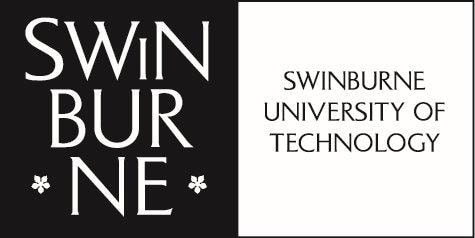|
Gravitational wave scientists from The University of Western Australia have led the development of a new laser modesensor with unprecedented precision that will be used to probe the interiors of neutron stars and test fundamentallimits of general relativity. Research Associate from UWA’s Centre of Excellence for Gravitational Wave Discovery (OzGrav-UWA) Dr Aaron Jones,said UWA co-ordinated a global collaboration of gravitational wave, metasurface and photonics experts to pioneer anew method to measure structures of light called ‘eigenmodes’. “Gravitational wave detectors like LIGO, Virgo and KAGRA store enormous amount of optical power and several pairs ofmirrors are used to increase the amount of laser light stored along the massive arms of the detector,” Dr Jones said. “However, each of these pairs has small distortions that scatters light away from the perfect shape of the laser beamwhich can cause excess noise in the detector, limiting sensitivity and taking the detector offline. “We wanted to test an idea that would let us zoom in on the laser beam and look for the small ‘wiggles’ in power thatcan limit the detectors’ sensitivity.” Dr Jones said a similar problem is encountered in the telecoms industry where scientists are investigating ways to usemultiple eigenmodes to transport more data down optical fibres. “Telecoms scientists have developed a way to measure the eigenmodes using a simple apparatus, but it’s not sensitiveenough for our purposes,” he said. “We had the idea to use a metasurface – an ultra-thin surface with a special patternencoded in sub-wavelength size – and reached out to collaborators who could help us make one.” The proof-of-concept setup the team developed was over one thousand times more sensitive than the originalapparatus developed by telecoms scientists and the researchers will now look to translate this work into gravitational-wave detectors. OzGrav-UWA Chief Investigator Associate Professor Chunnong Zhao said the development is another step forward in detecting and analysing the information carried by gravitational waves, allowing us to observe the universe in newways. “Solving the mode sensing problem in future gravitational wave detectors is essential if we are to understand theinsides of neutron stars and further our observation of the universe in a way never before possible,” Associate ProfessorZhao said. The breakthrough is detailed in a study published in Physical Review. WRITTEN BY MILKA BUKILICIN - UWA RESEARCH
0 Comments
Leave a Reply. |
|
- Home
- About
-
Our People
- Chief Investigators
- Partner Investigators
- Associate Investigators
- Postdocs and Students >
- Professional & Outreach staff
- Governance Advisory Committee
- Scientific Advisory Committee
- Executive Committee
- Equity & Diversity Committee
- Early Career Researcher Committee
- Professional Development Committee
- Research Translation Committee
- OzGrav Alumni
- Research Themes
- Education and Outreach
- Events
- News/Media
- Contact Us
- Home
- About
-
Our People
- Chief Investigators
- Partner Investigators
- Associate Investigators
- Postdocs and Students >
- Professional & Outreach staff
- Governance Advisory Committee
- Scientific Advisory Committee
- Executive Committee
- Equity & Diversity Committee
- Early Career Researcher Committee
- Professional Development Committee
- Research Translation Committee
- OzGrav Alumni
- Research Themes
- Education and Outreach
- Events
- News/Media
- Contact Us


 RSS Feed
RSS Feed








